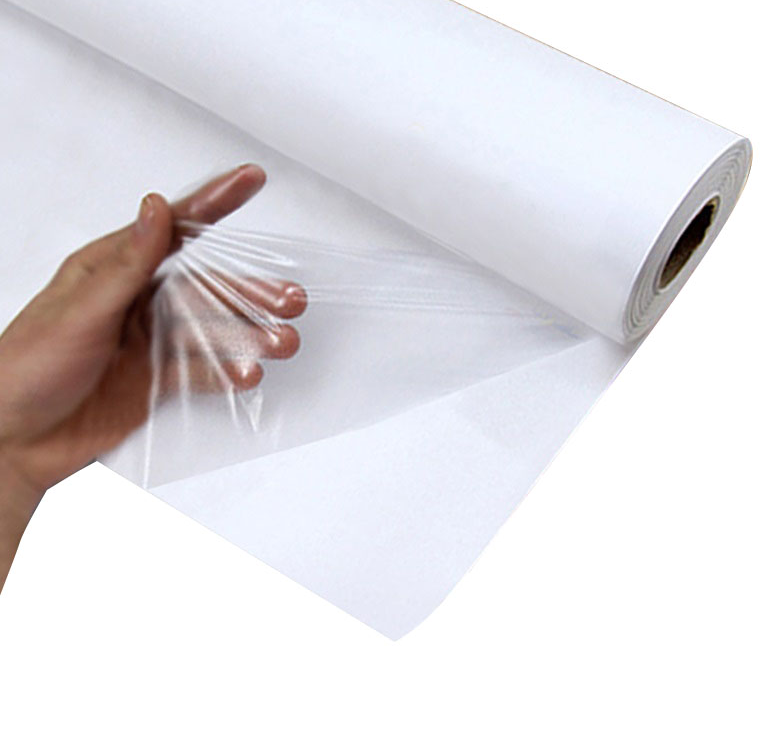Glue Film is a fast and convenient way to fix low-melting point items to your project. Simply place the Glue Film on your foundation and press it onto your item. Glue Film can be used to cover bare spots as well. It adheres easily, allowing you to finish a project within a short time. Here are some tips for applying Glue Film. Let's take a look at the application patterns:
Biodegradable hot melt adhesives

The development of biodegradable hot melt adhesives can help manufacturers reduce the environmental impact of their operations. Biodegradable hot melt adhesives are solid thermoplastic resins that bond two substrates in just a few seconds. These adhesives do not require drying, which eliminates the problem of volatile organic compounds in hot melt adhesives. Moreover, biodegradable hot melt adhesives can be used in low-temperature applications, where the potential for burns is limited.
Hot melt adhesive compositions can be biodegradable by adding a plasticizer compound. These compounds impart pressure-sensitive properties and improve the flexibility of hot melt adhesives. Biodegradable/compostable plasticizers are preferred. Biodegradable plasticizers are comprised of naturally occurring oils. Thermoplastic resins, on the other hand, contain ester and carbamyl groups.
The hot melt adhesives market is expected to grow substantially over the forecast period, representing a huge opportunity for manufacturers. The growing infrastructure activities in Asia Pacific are anticipated to drive the demand for hot melt adhesives. Many key players are focusing on biodegradable hot melt adhesives.
As a tackifier, polylactic acid or polycaprolactone are good options. However, uncontrollable degradation may result in the destruction of bonding. Various other substances that can be used as biodegradable hot melt adhesives include hydroxypropyl cellulose, alcohol-soluble grade of sucrose benzoate, and ethyleneoxide. For example, a polar polymer like polylactic acid may improve interfacial bonding and cohesion properties.
While biodegradable hot melt adhesives are still a relatively new market, they are growing at a steady pace. While the demand for greener packaging is increasing, the growth rate will remain low through 2020. Meanwhile, demand for solvent-free and bio-based hot melt adhesives will continue to rise in North America, Biodegradable hot melt adhesives are becoming the norm in packaging.
Due to environmental concerns, manufacturers are switching over to eco-friendly hot melt adhesives to improve their carbon footprint. The new technology will help the packaging industry meet this demand, but the biggest challenge will be overcoming the lack of thermal resistance. This material will lose its bond strength at higher temperatures and melt completely, which will limit its use to sensitive substrates. As a result, the market will experience more competition in North America and Europe.
In order to develop a new, more environmentally friendly hot melt adhesive, manufacturers must first identify the appropriate materials for their products. These materials must be biodegradable. As far as possible, these materials should contain less than 2% of VOCs. They should also be easy to store under conditions of two-thirds humidity and 231C. A few examples are listed below. The most important thing to remember when choosing biodegradable hot melt adhesives is that the process of production is a little different from that of conventional adhesives.
Application patterns
Hot melt adhesives can be used for a variety of purposes, including electronics manufacturing. Their flexibility and heat resistance makes them a great choice for affixing parts and insulate and protect electronics. Hot melts are also used in woodworking, product assembly, lamination, sealing, labeling, and other applications. To learn more about the many different uses for hot melts, visit our hot melts section. If you're in the market for an adhesive, you'll love these five different applications!
One example of a general application pattern for hot glue film is the adhesives' ability to adhere rapidly to a moving substrate. In order to create this application pattern, the adhesive is applied in lines, one parallel to the movement of the substrate, and another substantially perpendicular to it. In addition, it can be applied with a hot glue gun to produce a variety of application patterns. Fortunately, REKA glue guns come with a variety of additional nozzles, making it possible to create even more customized adhesive application patterns.
Environmental impact
While using hot glue film is a common manufacturing method, it is also a significant environmental contributor. It is the second most abundant type of plastic after oil, after paper. However, its use is growing rapidly as consumers become increasingly aware of the environmental impact of the material. Plastic glue is not only inconvenient to use, but it also contains numerous chemicals that pollute the environment. To reduce the environmental impact of hot glue film, manufacturers are now looking for sustainable alternatives. Gelatin glues are one such alternative, as they are biodegradable and sustainably sourced.
The hot melt adhesive is a thermoplastic adhesive that comes into liquid form through heat. This is a better choice than solvent-based adhesives, but the glue does contain plastic. Additionally, hot melts are biodegradable. As a result, they are a sustainable option for packaging. Several manufacturers are developing biodegradable hot melt adhesives with the same characteristics as hot glue, but use bio-sourced components instead of petroleum.
Moreover, these materials are free of toxins and other pollutants. Hot melts made from EVA are also known as "super-glue." This hot melt adhesive cures instantly upon contact with mated surfaces. This adhesive has excellent adhesion to plastics. But in some cases, it is necessary to perform an additional step before the hot melt adhesive is fully cured. Otherwise, it could cause separation of laminate layers. The failure of the adhesive and/or cohesive failure of the substrate can result in the separation of the laminate layers.